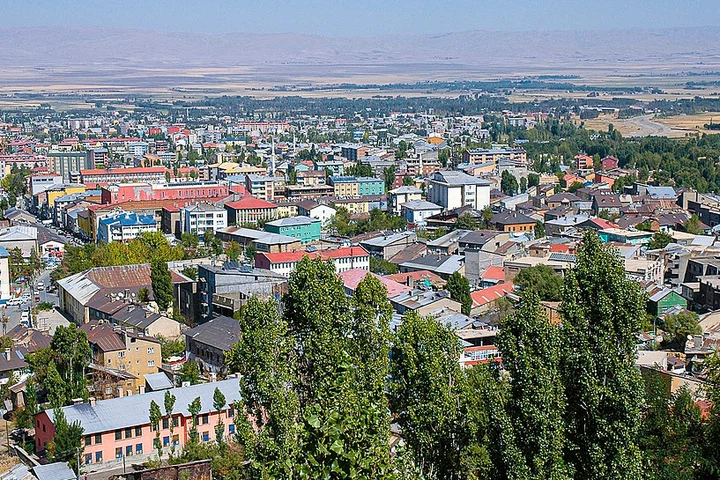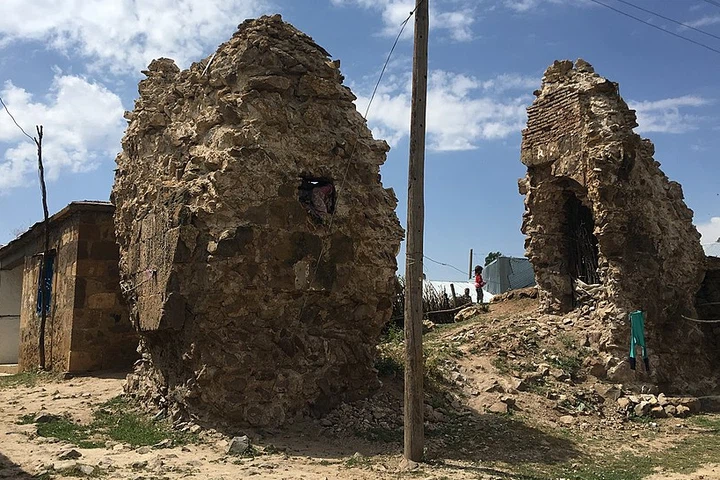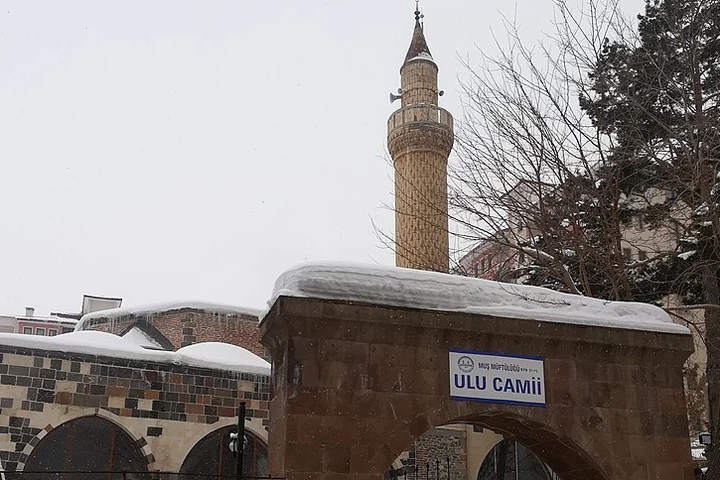- Home
- Flight Ticket
- Mus Flight Ticket
Mus
Mus City Guide

You will enjoy a one-of-a-kind travel experience in Muş, where you may come swiftly and simply owing to Muş airline ticket amenities. Muş, located in the northeastern portion of Çavuş Mountain, possesses the natural and historic splendors of Eastern Anatolia. Muş has areas gained at the Battle of Manzikert, which opened the Anatolian borders to the Turks. Muş, which borders the cities of Bitlis, Erzurum, Bingöl, and Diyarbakır, has an area of 8,196 square kilometers. It is situated in the Murat Van area.
This city has a population of 404,544 people. More people dwell in the Malazgirt, Varto, Hasköy, and Korkut districts, as well as the central district. The Korkut district, which constitutes the core area, is home to the bulk of the inhabitants. Varto is the least inhabited settlement. Muş's history is based on the Urartians. Muş, which had been a village since 2000 BC, fell into the hands of the Urartians, according to Assyrian records. Later, the territory was inhabited by Scythians, Medes, Persians, and Macedonians. For long years, the Romans and Parthians governed Muş and its surroundings. This area has experienced many conflicts ever since it has repeatedly changed ownership among states. The Roman Empire was unable to establish lasting authority here, and the Muş area was ruled by the Sassanids for roughly 400 years. Muş which was repeatedly conquered by Byzantium following the fall of the Roman Empire was partitioned into two states. Muş was freed after the Turks conquered Byzantium at the Battle of Manzikert. Anatolia became Turkish after the war. Muş and its environs became part of the Seljuk territories in the 13th century. The Seljuks constructed it. After Alaeddin Keykubat passed, the city of Muş was ruled by the Mongols, Karakoyunlu, and Akkoyunlus. It presently belongs to the Ottoman Empire as a result of the Battle of Aldrin in 1514. It was included in Bitlis in the late 1800s and incorporated as a city in 1929.

When to go to Muş?
Extreme continental climatic features are present in Muş. The temp decreases below zero throughout the winter. January is the coldest month of the year. The temperature might drop to -33 degrees Celsius in January. The summer months are quite hot and humid. July is the warmest month of the year. The temperature may reach 41 degrees in July. While it rains in the city all year, the precipitation amount gets lower in the summer. The months of July and August are great for visiting Muş. Those who are wondering how many days it is essential to stay here to visit Muş may spend at least three days here and have an amazing touring experience.
Places to Visit in Muş
Muş has various locations to explore, including old mosques, castles, and mansions, among other things. You may easily visit this city, experience the historical winds, and enjoy the natural sceneries owing to Muş Sultan Alparslan Airport's airline ticket services. Those who are curious about how many days it takes to visit Muş should allow at least three days to thoroughly tour all of the town's districts.
Hamurpet Lake
This one-of-a-kind location is made up of two volcano lakes. These lakes, known as Büyük Hamurpet Lakes and Küçük Hamurpet Lakes, feature beautiful vistas that photographers and nature enthusiasts enjoy. It is situated west of the Hamurpet Mountains and northwest of Varto. The lake freezes over in the winter, and the level of water remains constant throughout the year. The lake is home to carp, ducks, geese, and beavers. Where the lakes exist, volcanic characteristics can be seen. Excessive water flows into the Iskender River. In the summertime, it's a nice area to enjoy a picnic and spend time outdoors. It is also feasible to pitch a tent and spend time outside. It's wonderful to get up at daybreak and eat a community meal.
Plain of Mus
Generally, it offers cool weather due to its geographical structure and high altitude. Nomads prefer Mus Plateau in summer. Products such as cheese and butter are made from the milk of animals and sold to dairy farms. The plain appears red because of the poppy flowers that open in May every year. Nature lovers often come here to take pictures of this magnificent sight.
Manzikert Castle
Manzikert, one of the districts of Muş, was built by the Byzantine Empire in the 10th century. Black massive stones were used in the construction of the castle surrounding the old Manzikert. It is also known as the Berber Castle. The castle was used as a defensive tool in the early Islamic and Byzantine wars. The two bastions in the castle were restored over time due to their damage. These restorations are repeated as necessary today. You can explore this castle up close, thanks to the flight ticket facilities of Muş Sultan Alparslan Airport.
Arak Church and Monastery
The name of the Arak Church, located on the Kara Çavuş hill, comes from the Arak village located at the foot of the mountain. The name of the village means wine in Persian. There were once vineyards in the village where grape juice was made. Malak Monastery is located on the seemingly endless plains of the mountains. It has a 250 m tall Bell Tower. Arak Monastery, which belonged to the Persians for many years due to the struggles of the Persians and Romans, was later donated to the Romans.

Surp Garabet Monastery
It is a lovely church with two domes situated among the forest, vineyards, and gardens to the north of Muş. It is surrounded by hundreds of patriarchal clergyman rooms. Several hundred individuals assemble once a year to pitch a tent at the monastery, which was famous in many countries at the time. Throughout history, it has been known by several names. The most well-known names now are Çanlı Church and Çengili Church. Visitors to Yukaryonganlu hamlet, which is 30 kilometers from Muş's city center, can visit the monastery. You can simply access the location thanks to Mus's airplane ticket services.
Alaeddin Bey Mosque
This mosque, situated in the Kale area of Muş's downtown area, was erected by the governor of the time, Alaaddin Bey, and is named for him. The mosque is square in shape, with a tiny dome in the center that covers the sides. The multicolored stones on the walls and minarets are the most noticeable feature. The worn aspect of the mihrab is particularly intriguing.

Mus Great Mosque
The Grand Mosque of Muş is a must-see attraction in Muş. This mosque is in the heart of the city. There is no definitive date for the construction of the mosque. It is clear that it has architectural elements from the 14th century. It is believed that yet another structure is erected on the foundation where the mosque is placed. It is reported that this structure was formerly a church and was later utilized as a jail. In the north, there are three domes and a large square. There is a dome in the middle and mosques on both sides with barrel vaults. It is among the city's most popular sights. The mosque was constructed entirely of quarry rock. The mosque's minaret was damaged in an earthquake in 1966. In 1968, it was reconstructed.
